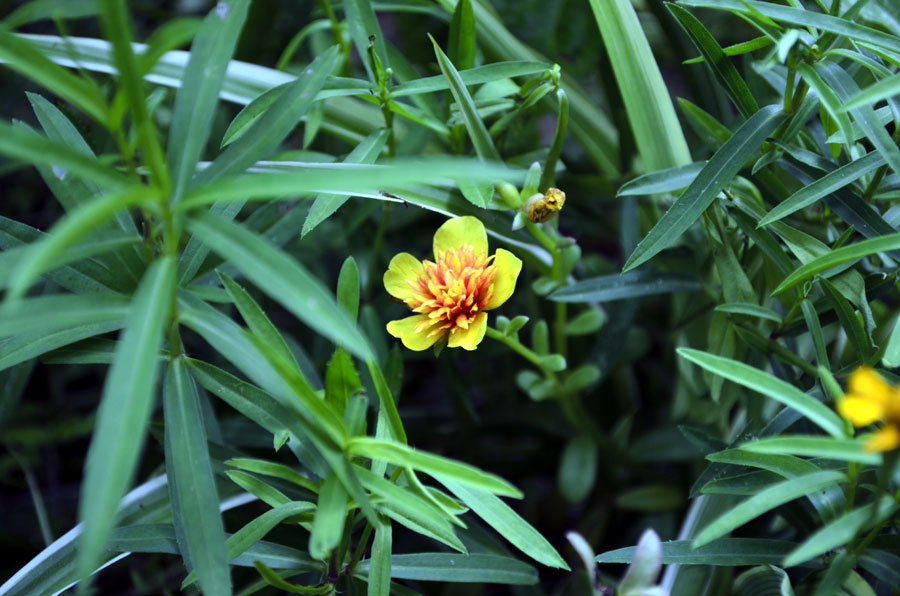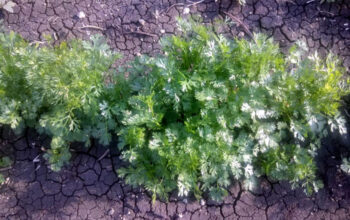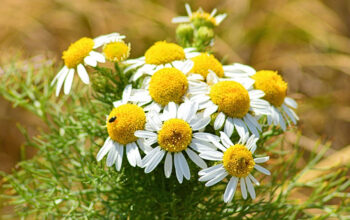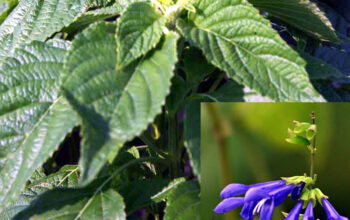Tarragon herb (Estragon)
The perennial Tarragon herb, also known as Estragon, is a member of the sunflower family. The tarragon Plant has long been cultivated for culinary and medicinal purposes in Eurasia and North America, and it grows wild throughout much of these regions. Generally, tarragon comes in two kinds. The Russian variety is rarer and has a weaker flavor than the French.
Tarragons are tall plants with slender branches that grow 120–150 cm high. A lanceolate, glossy green leaf measures 2–8 cm long by 2–10 mm wide with a 12-inch margin. Capitula of yellow or greenish-yellow florets form in small capillaries 2–4 mm in diameter. Despite this, French tarragon rarely blooms or produces seeds. It usually produces sterile seeds. Some species produce viable seeds. Using its rhizomatous roots, tarragon spreads quickly and reproduces readily.
Tarragon is considered one of the four fine herbs in French cooking, and it is best used in chicken, fish, and egg dishes. Bearnaise sauce is primarily flavored with tarragon. Tarragon vinegar is made by steeping fresh sprigs of tarragon in vinegar. The flavor of tarragon is prevalent in carbonated soft drinks in Armenia, Azerbaijan, Georgia, and, by extension, in Russia, Ukraine, and Kazakhstan.

Overview Tarragon herb Plant
Scientific name Artemisia dracunculus
Common name Tarragon herb, estragon,
Plant type Herb
Sun requires Full sun to partial shade
Soil Rich, acidic, moist soil
Soil pH 6.5- 7.5
Blooming time Summer
Zone 4-9
How to Grow and Care Tarragon Plant
It might not be the prettiest herb, but it is flavorsome, hardy, drought-resistant, and easy to grow.
Growing from seeds
Starting tarragon seeds indoors is best done around April or before the last frost is expected in your area. When using moist, composted potting soil, it usually works best to plant four to six seeds per pot. Make sure the seeds are lightly covered with soil and kept in low light.
Growing from cuttings
Flowers don’t often appear on this herb, and when they do, they are sterile. It is best to take a stem cutting from an existing plant in late spring or early summer if you want to propagate it. Cut a stem around 5–6 inches in length from a young stem. Take off the leaves at the bottom of the stem. When the stem has been dipped in rooting hormone, it should be placed in moist potting soil.
Sunlight
For best results, plant it in full sun to partial shade on average garden soil. It is fine to set up in the full sun if you don’t live somewhere too hot, but otherwise make sure to choose an area with only dappled light or early morning sunlight. This plant needs warm, not intense, conditions in order to thrive.
Soil
Tarragon does not do well in wet conditions. The French tarragon prefers light, sandy soils that are low in nutrients, and it grows especially well in soil that drains well. Poor growth, rotting roots, and reduced flavor result from rich, acidic, moist soil. It is ideal for the pH of the soil to be between 6.5 and 7.5. As well as providing nutrients for the French tarragon plants, organic matter can improve the aeration and drainage of the soil.
Watering
The amount of water to give depends on the weather and the maturity of your tarragon. The best place to plant tarragon is in a raised bed with good drainage. If it is dry, young plants must be watered approximately every other day. It is recommended that mature plants be watered every three days to ensure a constant supply of fresh leaves. The plants can survive on dry ground, but it is best not to overwater them because they will become less productive and flavorful.
Temperature and Humidity
Temperatures are not too relevant to this hardy plant. It will still prosper in the event of a severe cold snap. Tarragons are cold-hardy perennials that can withstand temperatures as low as -20F (-30C).
Generally, Tarragon does not like intense heat and sunlight. It also does not do well with high humidity levels. The presence of excessive moisture can cause fungal diseases in tarragon.
Fertilizer
A healthy tarragon plant does not require fertilizer. You can achieve the most intense flavor when you plant it in low-nutrient soil. When you’re planning to use one, you should only use an all-purpose variety at the beginning of the planting process. Use a high-quality timed-release fertilizer during spring planting to lightly fertilize the planting hole.
Read also:
How to grow and care for Delphinium plants. Growing pansy flowers in the garden. Persian shield houseplants growing and care tips. Ice plants growing and care guide. How to Grow wisteria plants. Growing Fragrant Rajnigandha in your garden. winter kale growing and care tips. Golden creeping jenny plants growing guide. Sugar cane plants growing and care tips. 07 Most popular kalanchoe-species for the garden. Statice-flowers growing and care guide.
For pin:





